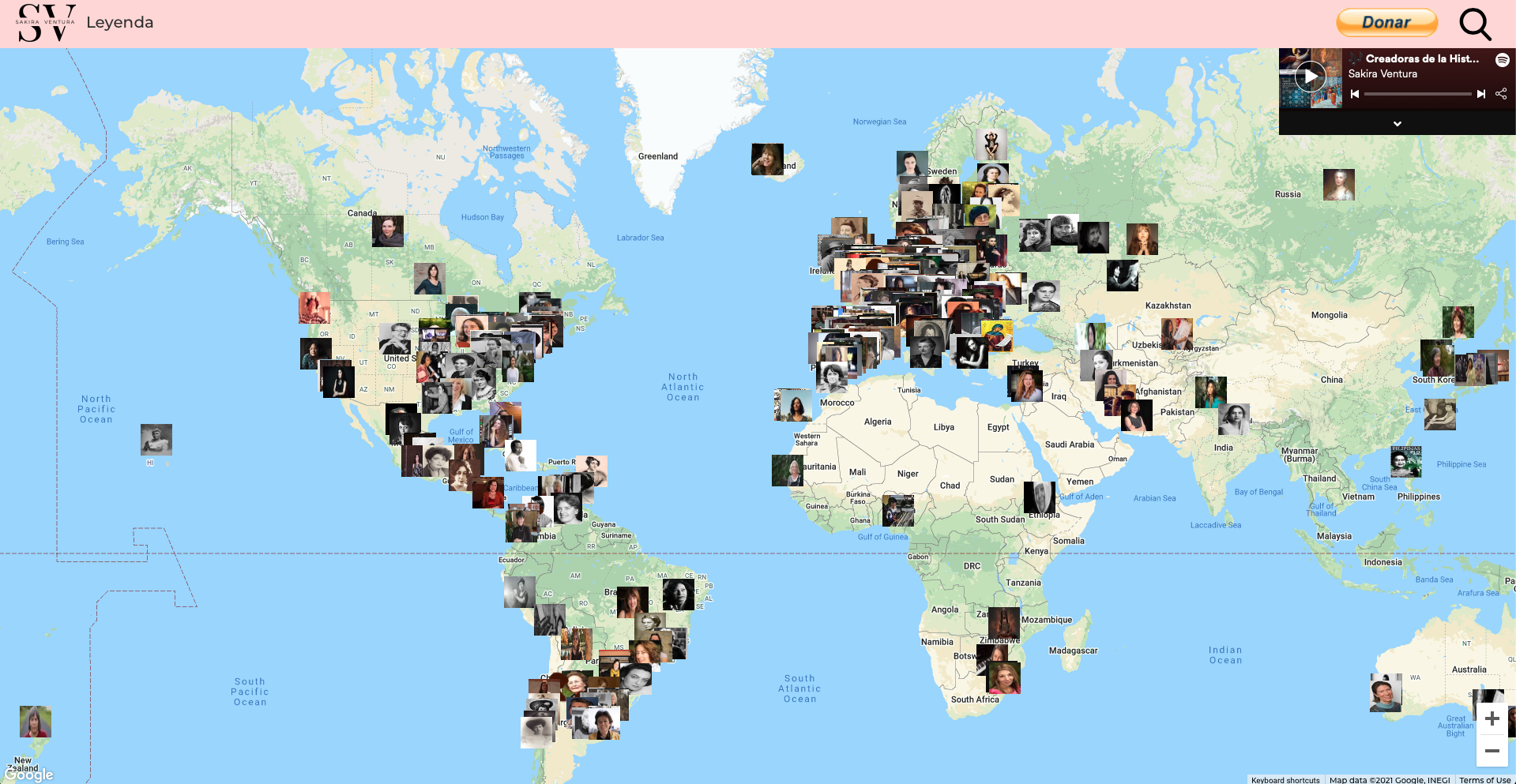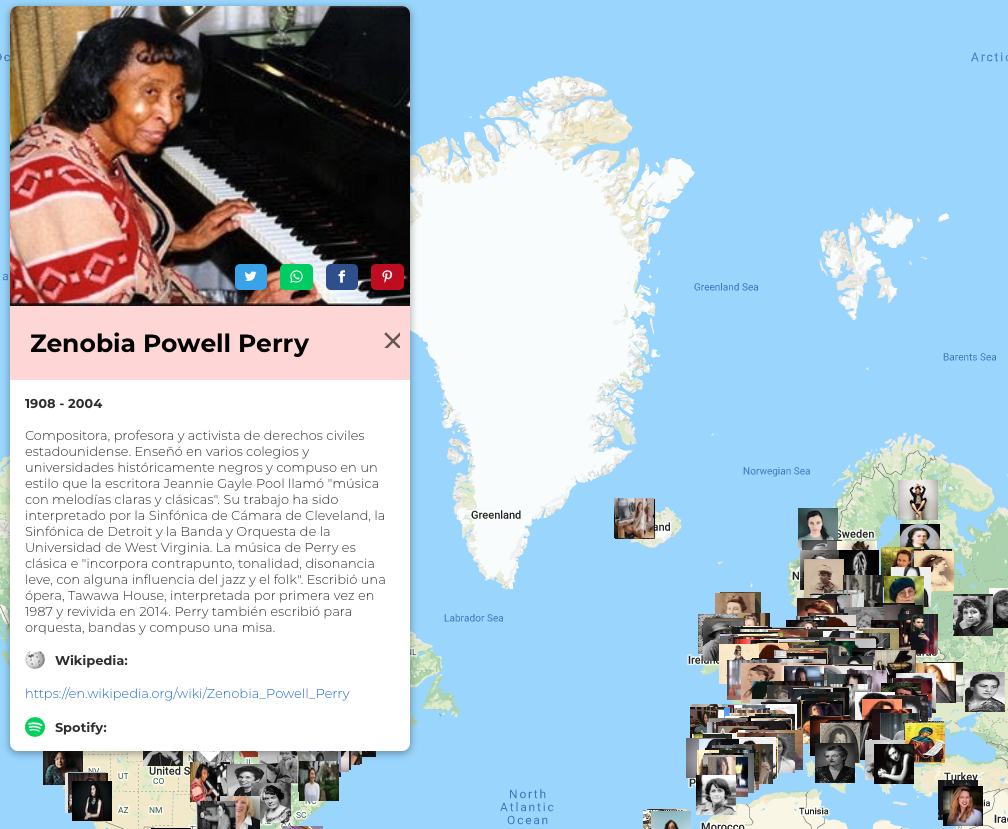Charlie Watts, the Rolling Stones’ iconic drummer since 1962, passed away yesterday from unspecified causes at the age of 80. His death is a great loss for rock and roll. “When Charlie Watts dies, the beat stops,” Rob Harvilla writes at the Ringer, “never to be played again with such mesmerizing force, with such ultra-suave propulsion, with such casually indomitable radness.” These are not technical terms, and Watts was not a technical drummer. “I’m not a paradiddle man,” he said in 2000. “It’s not technical, it’s emotional. One of the hardest things of all is to get that feeling across.”
Watts perfected the indefinable feel of rock and roll by way of jazz, playing along to his favorite records by Charlie Parker — first with a set of wire brushes on an unstrung banjo, then on the first drum kit his father bought him.
From the greats, he learned to swing and mastered dynamics. The commanding martial crack of Watts’ snare held a band of motley pirates together — without him, the Stones might have dissolved into a collection of preening antics and wandering blues licks; with him at the center, they coalesced into a team. “I don’t know how the hell that old sucker got to be so good,” Keef marveled.
Watts would be the last one to talk about how good he was — he hated interviews and stardom in general. “I’ve never been interested in all that stuff and still am not,” he said. “I don’t know what showbiz is and I’ve never watched MTV. There are people who just play instruments, and I’m pleased to know that I’m one of them.” His singular focus came from listening intently to what others were doing, as he says in the interview at the top, and copying what they did, a method he calls “one of my flaws…. I learned by watching.” But the means by which Watts learned to play made him the perfect drummer for the Stones. He watched, listened, learned the songs, then played them perfectly in tune with the band, keeping them in time while responding dynamically to Richards and Jagger’s interplay.
“I should have gone to school and learned how to do it,” Watts says, with typical self-deprecation. Instead, he made his school the jazz clubs of London and Paris, where he went to see Bud Powell’s drummer Kenny Clark. Just as he’d done in his room on his first drum kit, he listened intently and copied what he heard. Watts looked like a man who stood apart from the band, with his world-weary expression, endless collection of sharp suits and reserved demeanor. But when he played with the Stones, they locked together. It was love, he said, “I love this band.”
His life was a testament to the vitality of the music that made him, at 80, still want to go back on the road after announcing just two weeks ago that he’d have to sit out this year’s tour. Forty years ago, Watts couldn’t foresee the band he helped make world famous lasting very much longer. “I never thought it would last five minutes,” he said in 1981, “but I figured I’d live that five minutes to the hilt because I love them. They’re bigger than I am if you really want to know. I admire them, I like them as friends, I argue with them and I love them…. I don’t really care if it stops…. “ Now that he’s gone, it’s hard to see how the Stones can go on.
As nearly every member of the band, especially Richards, has said at one time or another, no Charlie Watts, no Rolling Stones. “Charlie’s the engine,” said Ronnie Wood in the Stones documentary Tip of the Tongue. “We don’t go anywhere without the engine.” Wherever they go now, there’s no question the Rolling Stones would have been a different band entirely without him. See some of his best live moments in the clips above and learn what Charlie himself thought of his playing in the short documentary at the top, “If It Ain’t Got That Swing,” a record of his approach to drumming and life in general that captures the true spirit of a rock legend.
Related Content:
Josh Jones is a writer and musician based in Durham, NC. Follow him at @jdmagness







